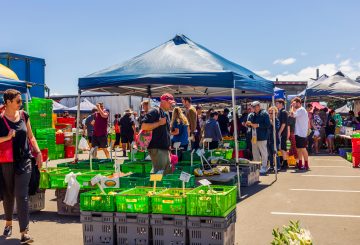你知道星期五是世界睡眠日吗?新西兰西莉再次调查了新西兰人(新西兰人)的睡眠情况。最近的研究表明,90%的新西兰人认为更好的睡眠可以改善他们的个人生活。
西莉的全球睡眠调查研究了全球2万多人的睡眠习惯,该调查是在睡眠专家金伯利·法尔科纳博士的帮助下在新西兰进行的。目的是更好地了解新西兰人的睡眠习惯,并找到改善睡眠质量的方法。
该研究发现,关注 “睡眠效率” 而不是 “睡眠时间” 很重要。尽管超过一半(55%)的新西兰人每晚的睡眠时间为建议的七到八个小时,但令人震惊的是,有60%的新西兰人醒来时每周至少有五天感到疲倦。令人震惊的是,十分之一的新西兰人醒来后从未感到精神焕发。对于轮班工作的人来说,这个数字增加到四分之一。
新西兰人的睡眠习惯似乎比一些全球同行对睡眠质量的影响更大。在所有接受调查的国家中,新西兰人是含咖啡因饮料的消费量最高,我们当中有93%的人每天至少喝一种含咖啡因的饮料。九分之一的人甚至在睡觉前喝了含咖啡因的饮料。
在新西兰,睡觉前的设备使用率也高于全球平均水平(77%),83%的新西兰人在睡觉前看电视或使用电子设备进行娱乐。只有马来西亚的百分比更高。新西兰人也比澳大利亚人更有可能在睡觉前使用设备进行社交媒体或发消息。
有趣的是,人们在手机旁睡觉的频率越高,醒来时感到精神焕发的可能性就越小。这令人担忧,因为65%的新西兰人在睡觉时将手机放在床边。对于25岁以下的人来说,这个数字跃升至87%。
2024年世界睡眠日的主题是 “睡眠公平促进全球健康”。不幸的是,女性似乎处于不利地位。他们难以入睡和保持睡眠的可能性要高58%。研究还表明,女性的生活比男性更容易受到睡眠不足的影响。
简而言之,尽管澳大利亚的天气通常较温暖,但新西兰人更有可能裸睡。四分之一的新西兰男性报告说裸睡,而新西兰女性的这一比例为12%。




























































